Robot Track Technology: A New Trend in Enhancing Productivity and Efficiency
A robot track (also called an industrial robot rail system) is a dedicated motion platform designed to extend a robot’s working range. By allowing robots to move along predefined routes, tracks make automation processes more accurate, stable, and efficient.
Robot tracks can be manufactured from different materials (such as metal or reinforced plastic) and in various shapes (U-shaped, V-shaped, etc.), depending on the robot’s design and application. They may also be integrated with navigation lines, sensors, and positioning systems to further improve movement precision and stability.
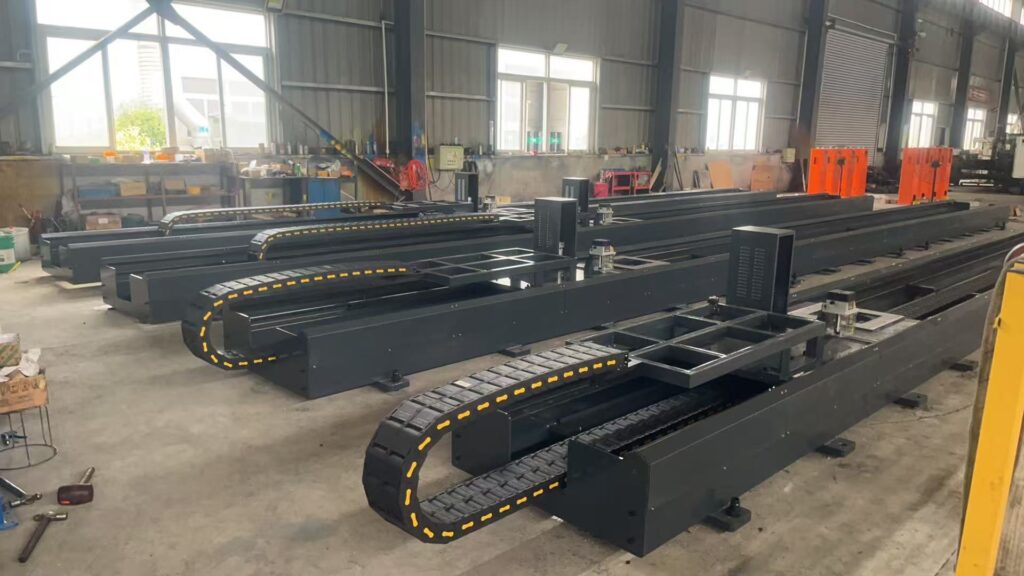
1. What Is a Robot Track?
A robot track is a linear or modular guiding system that enables industrial robots to move across designated paths. It enhances the robot’s motion accuracy, operating speed, and structural stability, allowing for more reliable and efficient automation.
2. Types of Robot Tracks
Robot tracks are available in multiple forms to accommodate different industrial requirements, including:
-
Linear tracks – Straight-line guidance for high-precision applications.
-
Curved tracks – Designed for workspaces requiring non-linear movement.
-
Circular tracks – Allow robots to operate around a fixed area.
-
Cross tracks – Enable robots to switch between multiple routes or workstations.
3. Application Scenarios of Robot Tracks
Robot track systems are widely applied in:
-
Automated manufacturing – To increase efficiency, consistency, and quality control.
-
Logistics and material handling – For automated warehouse transportation and AGV guidance.
-
Unmanned aerial vehicle (UAV) systems – Assisting with autonomous takeoff, landing, and navigation.
These applications directly contribute to improved productivity, reduced labor intensity, and optimized operational costs.
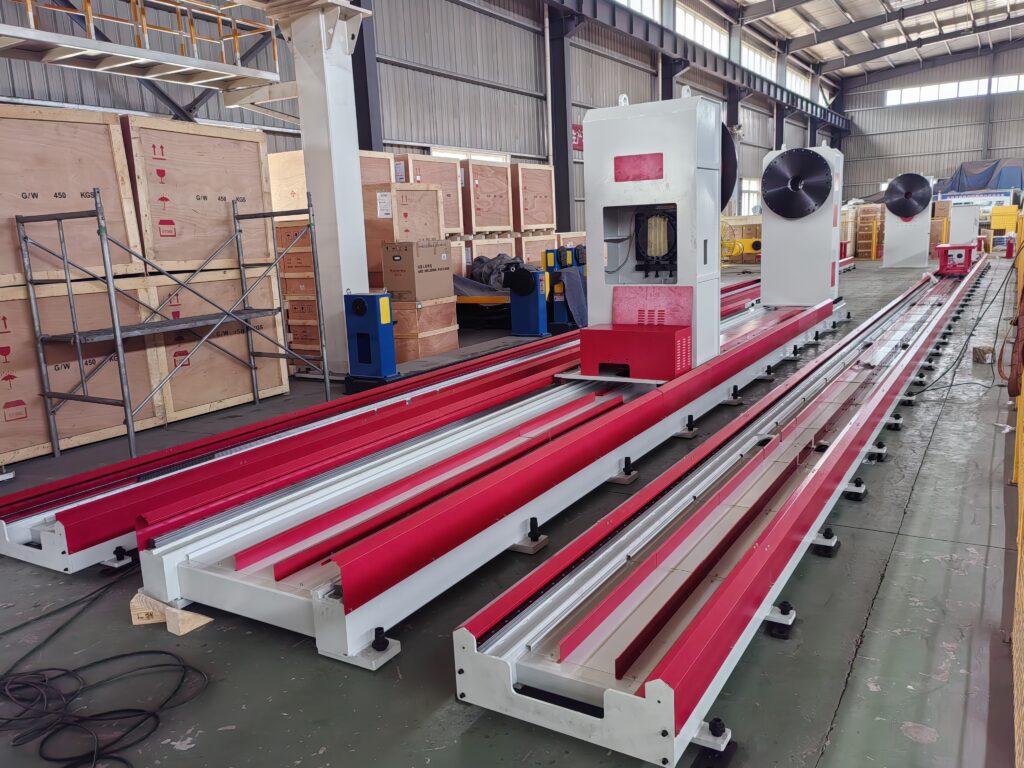
4. Advantages of Robot Tracks
Robot tracks provide several key benefits:
-
Improved accuracy – Tracks reduce motion errors and ensure precise positioning.
-
Increased speed – Robots move faster when guided by a stable rail system.
-
Enhanced stability – Track support minimizes vibration and uneven movement.
-
Cost efficiency – Reduced wear, fewer errors, and higher productivity lower operational expenses.
5. Maintenance Requirements for Robot Tracks
Maintaining a robot track is relatively simple. Regular inspections and cleaning are sufficient to ensure reliable operation. It is essential to remove debris, dust, or water accumulation, as these may cause instability or even damage to the track.
Types of Supporting Robot Track Systems
-
Linear Motor Track – High-precision, heavy load-bearing, fast response; suitable for linear modules, linear motors, and AGV trolleys.
-
Rack-and-Pinion Track – Widely used with robotic arms, actuators, and articulated joints; reliable for high-load, high-accuracy tasks.
-
Modular Track – Flexible, customizable, and easy to maintain; ideal for modular robots and AGV systems.
-
Straight Module Track – Designed for linear modules and AGVs; ensures consistent high accuracy.
-
Linear Module Track – Used in linear motion applications; offers both precision and responsiveness.
The selection of a robot track should always be based on the robot model and its working environment to fully meet motion and performance requirements.

Common Issues and Troubleshooting
Robot track systems may occasionally encounter operational issues. Common examples include:
-
Palletizing robot solenoid valve malfunction
-
Solution: Inspect wiring connections; confirm emergency stop and control panel are functioning correctly.
-
-
No signal from magnetic switch after cylinder activation
-
Solution: Adjust the magnetic switch position until the indicator responds.
-
-
Photoelectric switch fails to detect position
-
Solution: Verify correct alignment of the transmitter and receiver, check reflector placement, remove any obstructions, and ensure all wiring is intact.
-
Other potential issues may include improper cylinder buffer adjustment or incomplete extension/retraction of rods. These can typically be resolved through targeted adjustments and maintenance.
The Role of Robot Tracks in Modern Industry
Robot tracks are indispensable in modern industrial automation. They expand the robot’s working range, increase operating efficiency, and support the smooth execution of complex tasks.
Applications include:
-
Manufacturing – Improving production efficiency and product quality while reducing labor costs.
-
Logistics – Automating material transport in warehouses to streamline operations.
-
UAV systems – Supporting autonomous flight, with applications in agriculture, surveying, and emergency rescue.
By combining precision, flexibility, and durability, 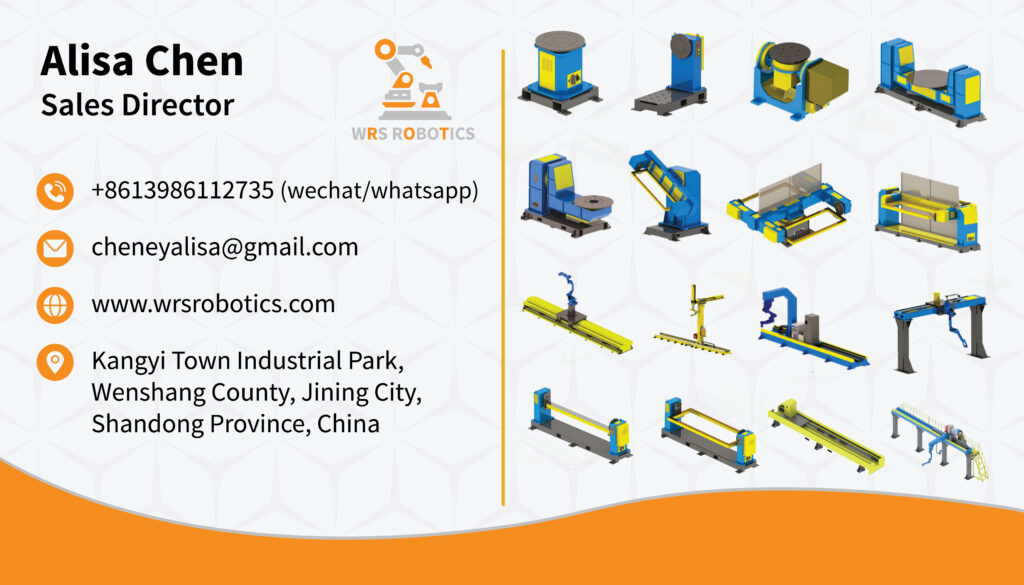 serve as the “legs” of industrial robots, driving the future of intelligent manufacturing and logistics automation.
serve as the “legs” of industrial robots, driving the future of intelligent manufacturing and logistics automation.

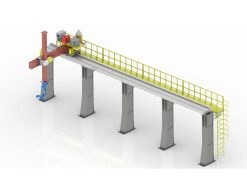 Robot Linear track
Robot Linear track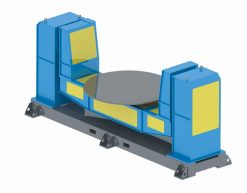 Robot welding Positioner
Robot welding Positioner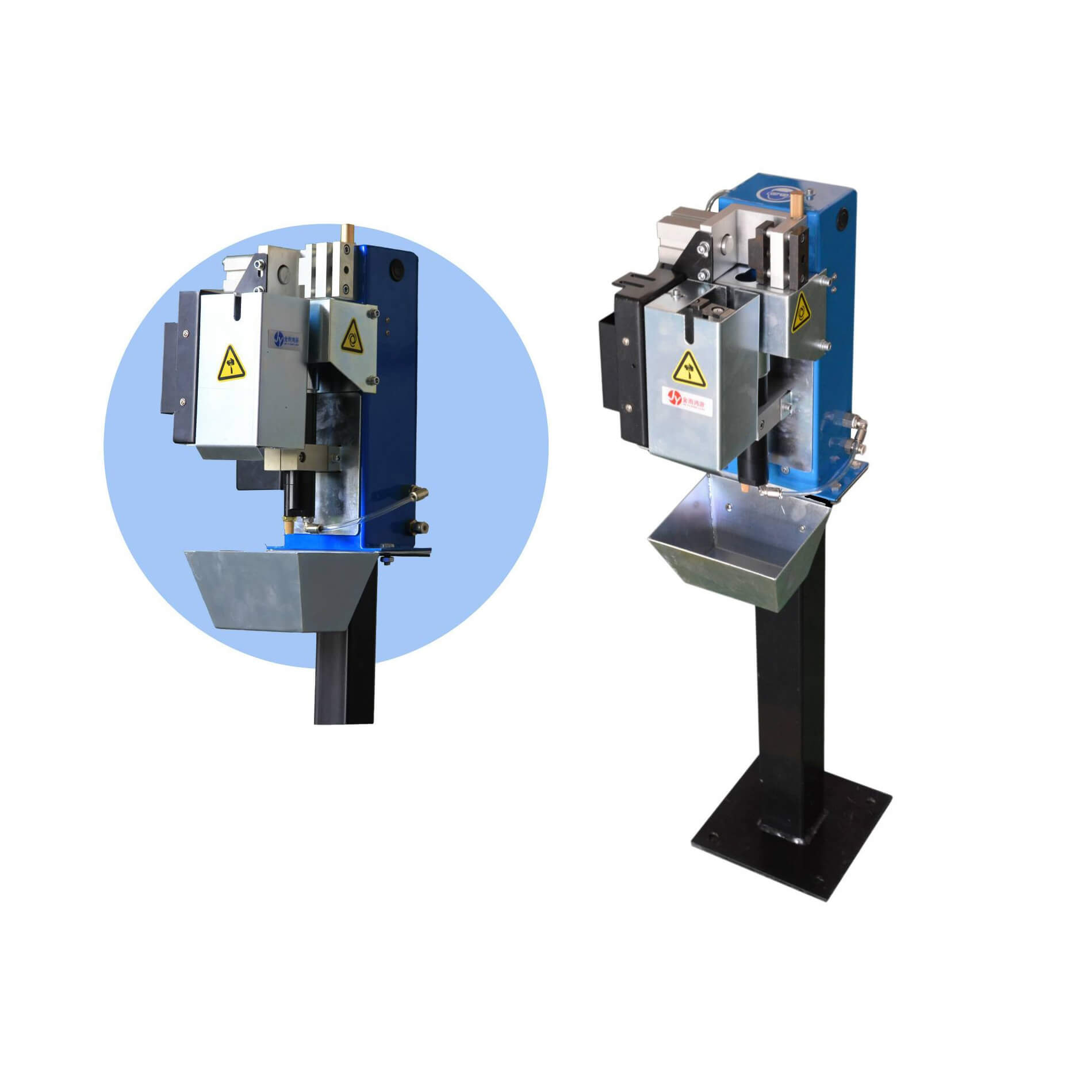 Robot Torch cleaning station
Robot Torch cleaning station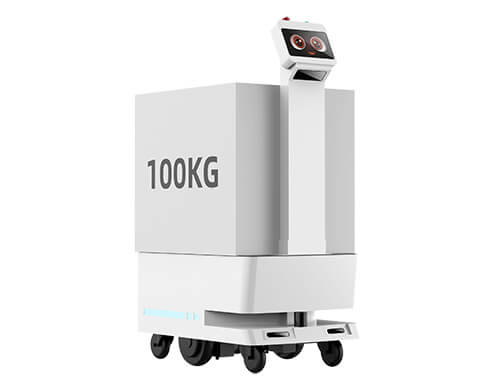 Factory delivery robot
Factory delivery robot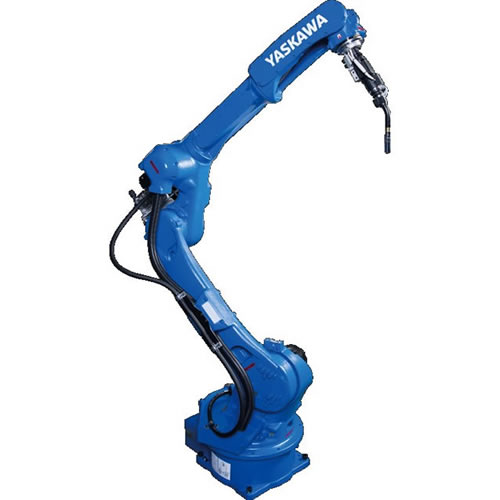 Welding Robot
Welding Robot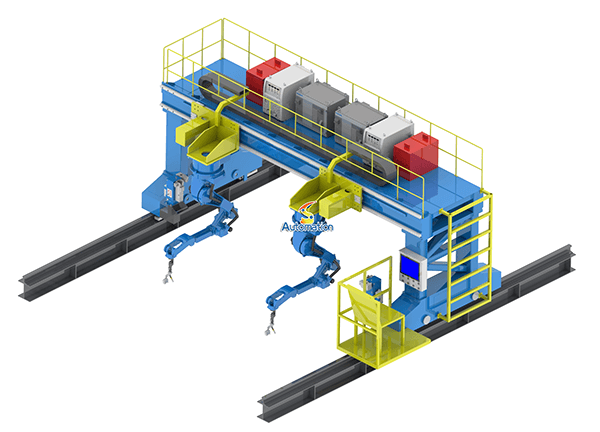 Robot Gantry System
Robot Gantry System